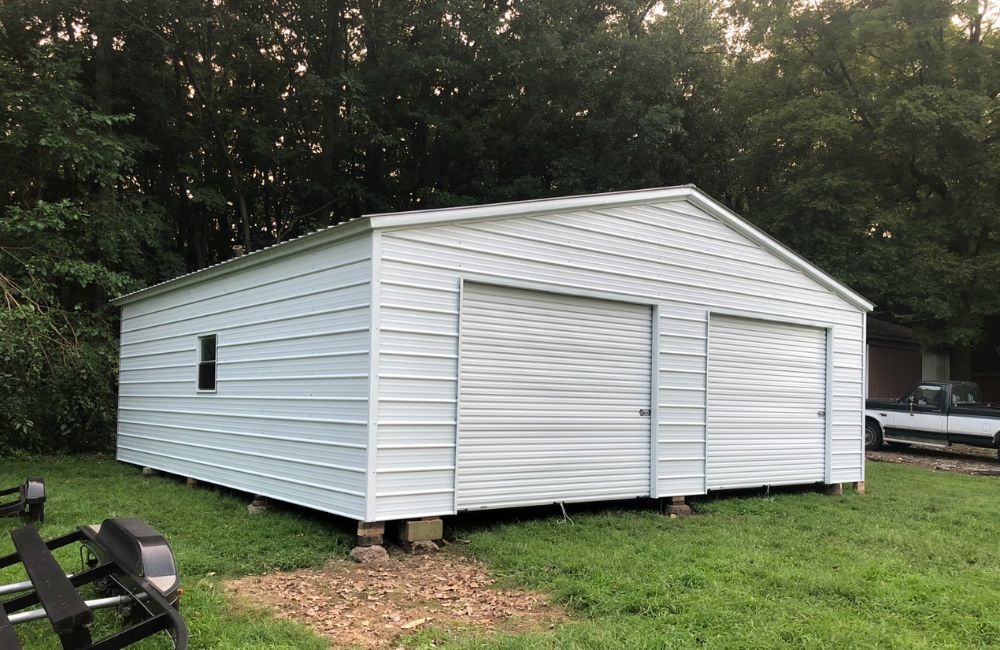
Fatigue in steel structures is a phenomenon that emerges when materials undergo repeated or fluctuating stress over time. While steel is renowned for its durability, even this robust material can succumb to fatigue under certain conditions.
Let us delve into the intricacies of fatigue in steel structures and explore ways to mitigate its effects.
Defining Fatigue
Fatigue is the progressive and localized structural damage that occurs when a material is subjected to cyclic loading. In the case of steel structures, this can result from repeated stresses caused by factors like wind, traffic loads, or machinery vibrations.
Microscopic Fractures
Unlike sudden, catastrophic failures, fatigue manifests at a microscopic level. It initiates with small cracks or fractures within the steel structure, gradually growing over time with each stress cycle.
Contributing Factors
Several factors contribute to the development of fatigue in steel structures. These include the amplitude of stress cycles, the number of cycles, and the material’s inherent properties. Proper design and maintenance are crucial to minimizing these factors.
Structural Vulnerabilities
Certain structural elements are more susceptible to fatigue, such as welds, sharp corners, and areas with stress concentrations. Understanding these vulnerabilities allows for targeted preventive measures.
Mitigation Strategies
Implementing effective mitigation strategies is key to preserving the integrity of steel structures. This may involve routine inspections, identifying potential stress points, and addressing them through reinforcement or redesign.
Material Selection
Choosing the right type of steel is crucial in combating fatigue. High-strength steels and alloys with enhanced fatigue resistance can be selected based on the specific demands and stress conditions of the structure.
Regular Inspections and Maintenance
Regular inspections are paramount for early detection of fatigue-related issues. Implementing a proactive maintenance schedule allows for timely repairs or reinforcements, preventing the escalation of structural fatigue.
Load Management
Strategic load management plays a significant role in mitigating fatigue. Properly distributing loads, avoiding sudden changes in loads, and incorporating damping mechanisms can contribute to a structure’s longevity.
Innovations in Design
Advances in structural design, including the use of Finite Element Analysis (FEA), enable engineers to simulate stress patterns and identify potential fatigue-prone areas. This aids in creating more resilient and fatigue-resistant structures from the outset.
Understanding fatigue in steel structures is a crucial aspect of ensuring their longevity and safety. By adopting proactive measures, employing advanced materials, and staying vigilant through regular inspections, the impact of fatigue can be mitigated, allowing steel structures to stand resilient against the test of time.
